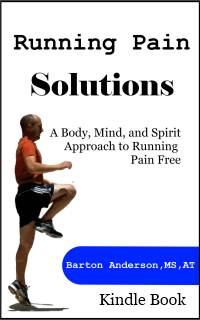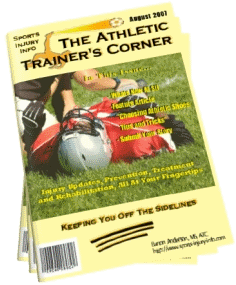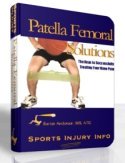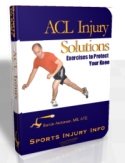Wrist Sprain
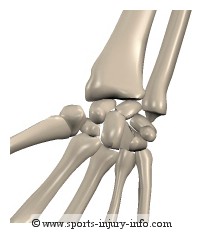
How do you know when to treat a wrist injury? And what exactly is damaged? Read on to find out more.
What is a Wrist Sprain?
Just like any other sprain, a wrist sprain involves the ligaments and connective tissue of the wrist. During sports actvities, the wrist may be subjected to significant stress, and the ligaments and joint capsules may be damaged.Within the body there are 8 bones that make up the wrist. They are called carpals. Each of these bones articulate or touch with each other. They are aligned in two rows, and attach the metacarpals with the radius and ulna.
The wrist bones are attached to each other with ligaments, connecting each one to the others. It is these ligaments that are injured with a sprained wrist.
How Does it Happen?
Wrist sprains generally occur with hyper motion of the wrist. This can be either hyper extension or hyper flexion. Either way, when the wrist bends too far, it stresses the ligaments, and may cause damage.This can occur in lots of different sports, but is common with football, and also with any sport where you could fall on your wrist.
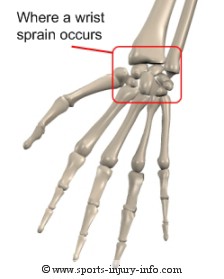
Another effect of falling on the wrist, or having it bend to far is the compression of the carpal bones against each other. Sometimes this can cause a fracture, or it can cause damage to the articular surfaces of the carpal bones.
These surfaces are meant to be slick and allow for the bones to glide easily against each other. When damaged, they loose this ability to glide, which will restrict motion, and cause pain.
Symptoms
Pain is the most common symptom of a wrist sprain. It is generally located around the wrist, and may radiate into the hand or forearm. There may be some swelling, but this isn't very common.Loss of motion is also a major complaint with sprained wrist. This can be due to the damage of the ligaments, or also the irriation of the articular surfaces of the carpal bones, as mentioned above.
Decreased strength can occur, especially if movement of the wrist is painful.
Treatment
Treating a wrist sprain involves rest, ice, and strengthening exercises. If you treat the injury the first time it happens, it has better chance of healing, and not causing future problems. If you have significant pain, swelling, or loss of motion, you should see your physician to have an X-ray and rule out a fracture.If you overlook your wrist injury, and do nothing, it will get better eventually. But the tissues will undergo some changes, and you will be more likely to irritate it again, with less stress the second time.
A sprained wrist that goes untreated has the potential to be very debilitating down the road. Range of motion loss, and the inability to put pressure on through the palm of the hand are just two things that can happen when left untreated.
Summary
Wrist sprains often go untreated or overlooked, despite their common occurance in sports. Proper treatment is needed to ensure optimal healing, as well as preventing re-injury. If you have pain in your wrist, especially when putting weight through the palm of your hand, you may have a wrist sprain, an should have it looked at by your physician or athletic trainer. Treatment for wrist sprains is straight forward, and most injuries will make a full recovery without problems.Didn't find what you were looking for? Search SII for more information...
Running Pain Solutions
Written for Runners by a runner, you'll learn a holistic approach to improving mobility, restoring normal movement and muscle activation patterns, and restoring the body and mind connection.
This Kindle Book contains a step by step program to keep you running pain free. Included are detailed instructions and illustrations for exercises to improve mobility, balance, neuromuscular control, strength and endurance. Only $7.49!
Get Your Copy Today!
